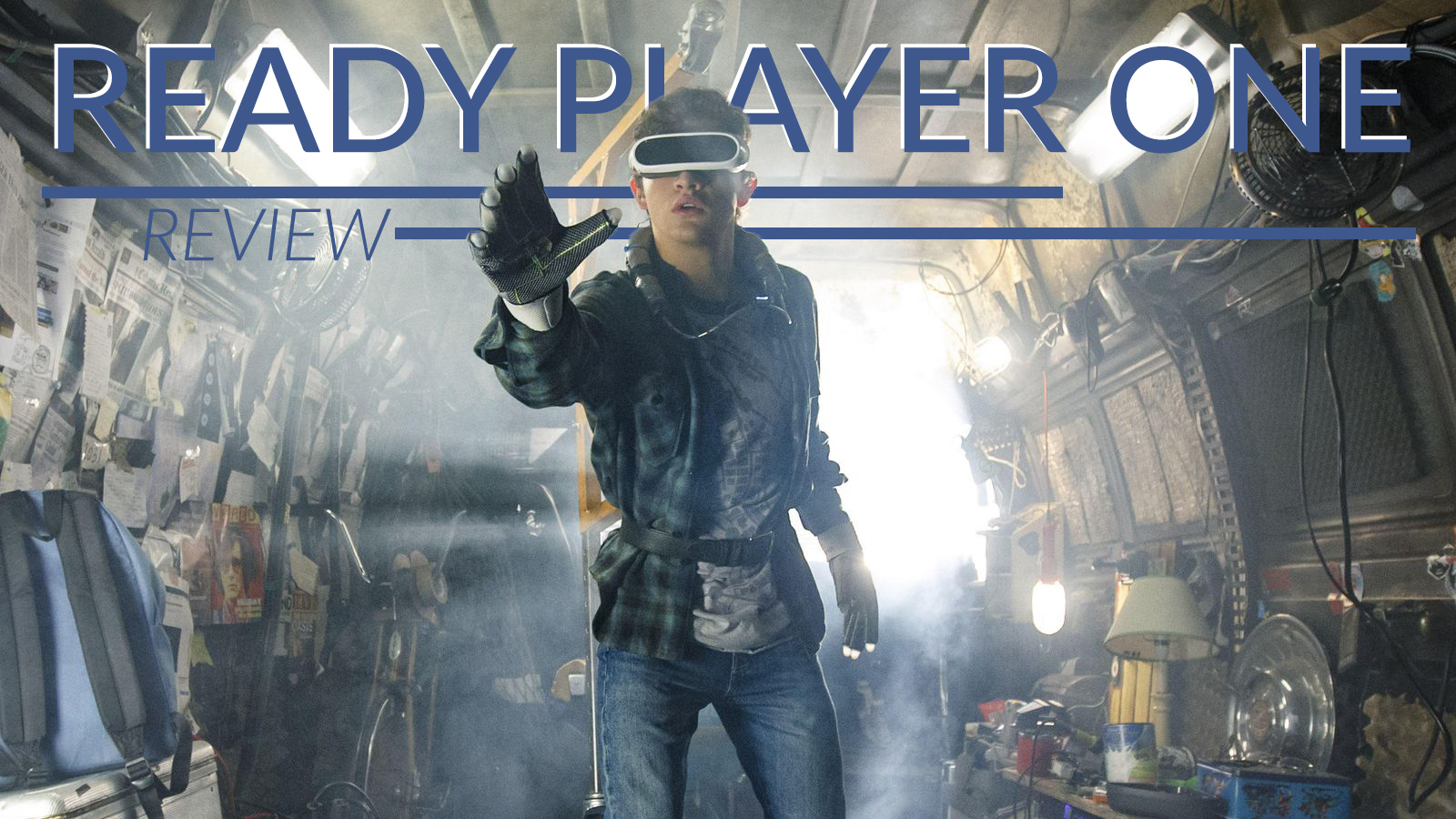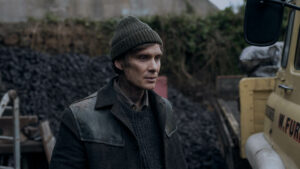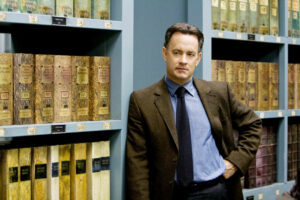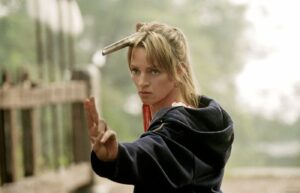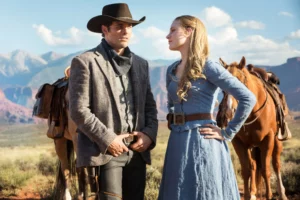A movie bridge between past, present and future generations. “Ready Player One” brings the past into the future, entertaining, getting excited and leveraging on our reflexes.
At a time when past has domineeringly come back with reboots and remakes, “Ready Player One” proves that the best way to have nostalgia for the past is to use it to get through it, not to re-propose the same things in different ways.
Title
Ready Player One
Behind and in Front of the Camera
A movie soaked in the 80s pop culture, and to direct it we find one of the pillars of the filmography of those magnificent years: Steven Spielberg.
The man who has revolutionized cinema with movies like “Jaws”, “Raiders of the Lost Ark” and “E.T. The Extra-Terrestrial”, without mentioning the ones that he produced, brings on the big screen one of the geeker novels of the recent years, “Ready Player One” by Ernest Cline.
For the lead role, Wade Watts (and Parzifal), the production wanted be on the same page of the character looking for unknown talent, but at the end the choice has fallen upon Tye Sheridan, the Scott Summers (a.k.a. Cyclops) of “X-Men: Apocalypse.”
With him, in reality and inside OASIS, we find Olivia Cooke (“Me & Earl & the Dying Girl”), Lena Waithe (“Master of None”), Win Morisaki and Philip Zhao, on his debut.
The OASIS’ fathers James Halliday and Ogden Morrow are respectively Mark Rylance (“Bridge of Spies”, “Dunkirk”) and Simon Pegg (the wingmen of Nick Frost in the “Three Flavours Cornetto trilogy”, even if it’s reductive).

Who’s Got the Typewriter
“Ready Player One” is based on Ernest Cline’s first novel, who has also worked on the script with Zak Penn (the man behind titles like “X-Men: The Last Stand” and “The Avengers” and several videogames.)
The script remains true to the matter narrated in the book, managing to not distort the point even if some parts are completely reversed (little black mark only on the ending that is maybe too much self-contained for my liking).
What to Know (ABSOLUTELY NO SPOILERS)
Like in the book, the story opens in the year 2045, in a bad moment for the Earth, at the edge of overpopulation and pollution, with energy sources to the bone. Much of the population lives amassed in slum-like cities around the bigger centers, especially around Columbus, Ohio, where we meet Wade Watts. Wade is a young boy who, just like the rest of the people, tries to escape his reality through OASIS, the free virtual reality world created by James Halliday and Ogden Morrow and their Gregarious Simulation System, which is the main reason why they are two of the richest men in the world.
When Halliday, who grew up alone and marginalized, died he left his huge legacy in the hand of a game inside OASIS: the first to find all the three keys and solve the riddles will find an Easter Egg by which will receive the fortune, becoming the only owner of OASIS itself.
So, armed with visor and haptic gloves, a lot of gamers from all over the globe started to search the Easter Egg, taking the name of Gunters (“egg hunters”).
Lover of all the 80s pop culture, Halliday created OASIS inspired by his own passions, movies and videogame in the first place, so Gunters’ main requirement is being almost omniscient about that decade.
But the challenge is being ruined by Innovative Online Industries (IOI) and its CEO, Nolan Sorrento (Ben Mendelsohn), the second most powerful company after GSS, and so determined to seek and find the prize.
All this is told during the first five minutes, the rest is pure nerd pleasure in a blur of references, characters, objects and locations that everyone (or at least a lot of people) loves.
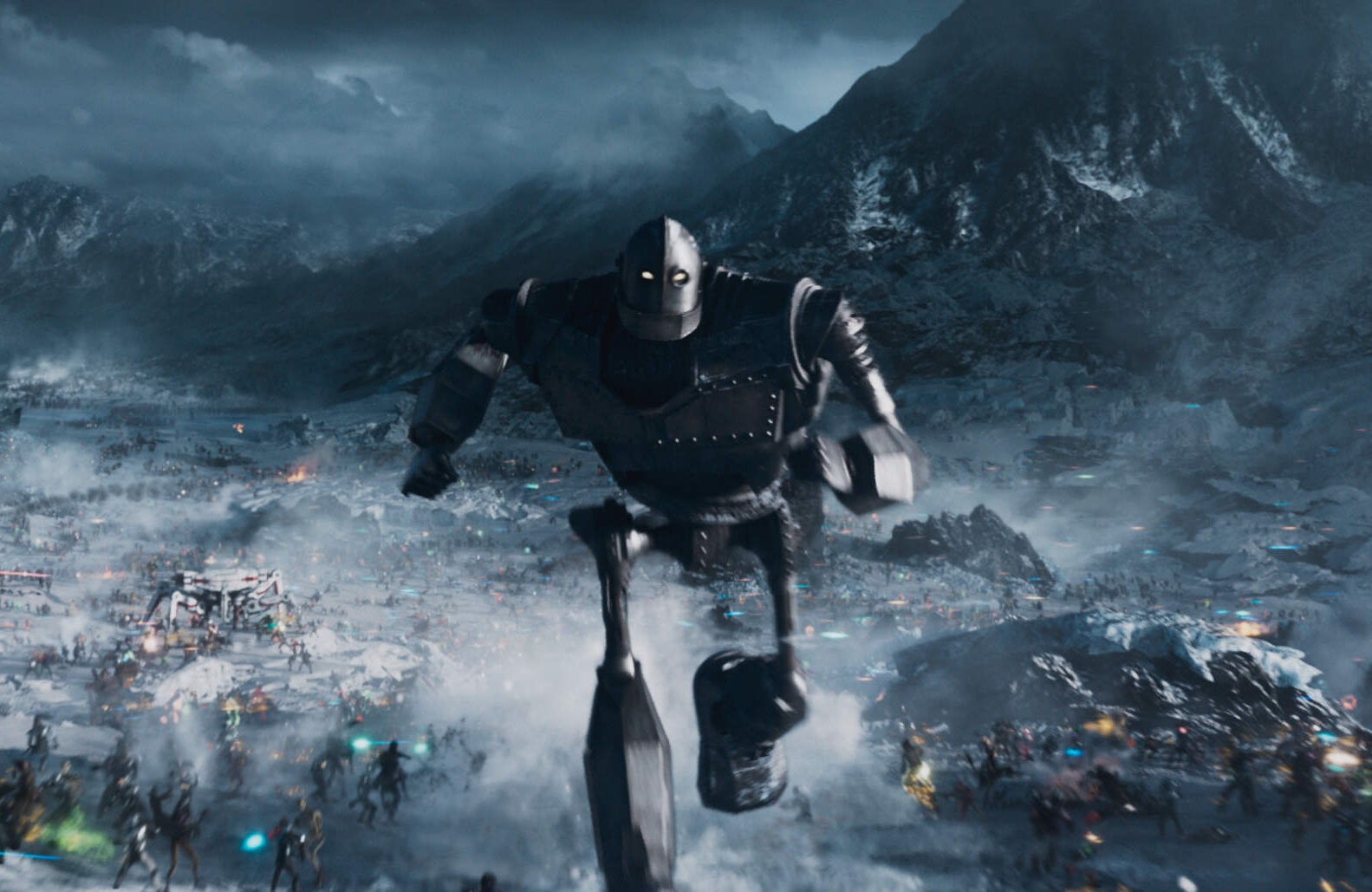
What You’ll Need
A “little” refresher about all the pop culture of those years lets you enjoy the movie at best exulting in every surprise appearance, but the best thing to do is to read Cline’s novel so that you can entirely get inside his mind, just like Gunters with Halliday, maybe listening to the amazing Rush’ concept album “2112.”
What They Say
In order to make this movie as well as possible, Warner Bros. and Spielberg needed a mountain of rights owned by the other studios, and about that the director said: “We had a wish-list of rights, and the Warner Brothers’ people try to fill these requests. They went to Disney and Disney was just as cooperative as other companies, like Universal, Paramount and Fox, giving us the right to some of their alien characters. And Disney gave us rights and we were able to use…if you look really carefully you’ll see little versions. We didn’t want to use the big iconic Star Wars characters because that’s a contemporary series of films that is alive, and even more alive today, and is going forward forever into the future, but we wanted a lot of the smaller characters and some of the ships, the X-Wings, and Disney was very cooperative and giving us permission.”
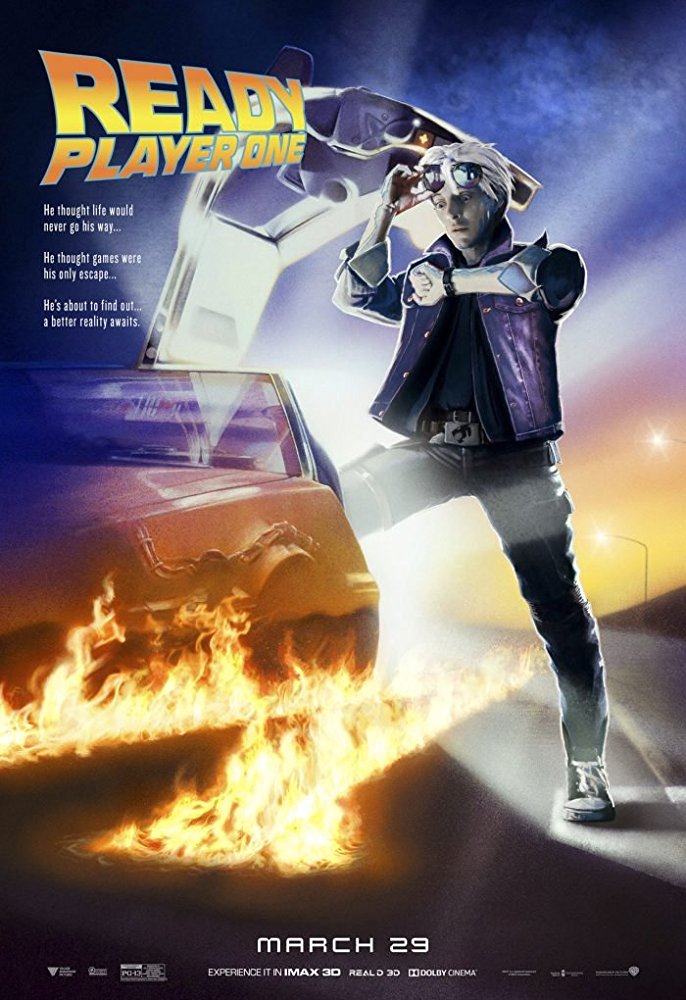
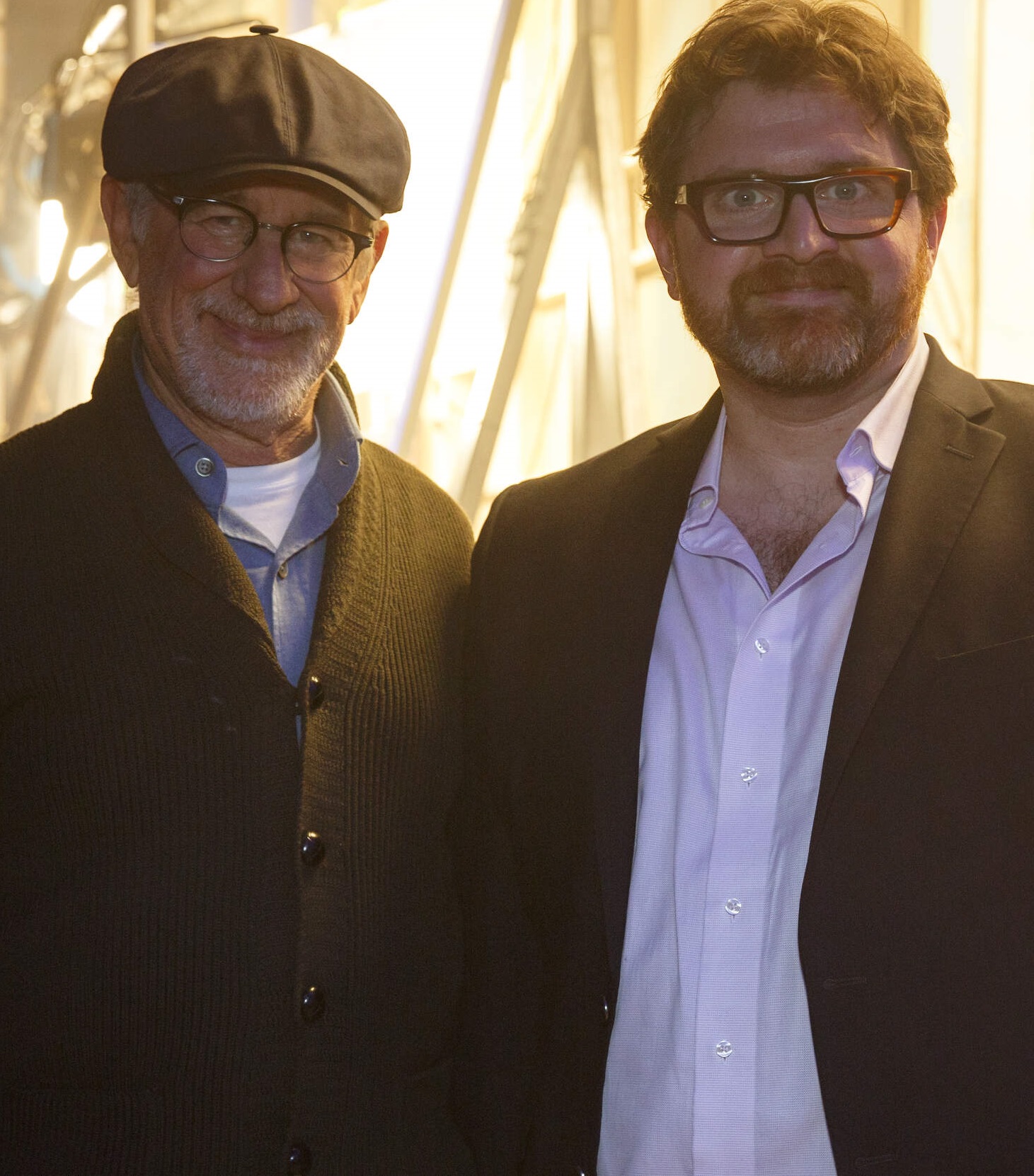
In the novel the references are also about Spielberg himself, but in the movie, we can see only a few of them. The screenwriter Zak Penn thought that “it was a smart move. He basically felt like that referring to himself would have distracted the people from the story and that wasn’t something he wanted at all. I mean, he wants you to be caught up in this story, you know, he’s not Lars von Trier, he’s not trying to create some sort of Brechtian experience”.
Agrees with Penn, the author and screenwriter Ernest Cline: “Another really great reason for Steven not to want to reference his other movies is this is a brand-new Steven Spielberg movie, you know, so why stop this brand-new Steven Spielberg movie to reference Steven Spielberg movies from the past?”
These are exactly the comments from which you understand the winning move of “Ready Player One”. This movie wants of course pay tribute to the past and to everything that it meant to the generations that have experienced those years or that are seeking them constantly, but this movie wants, above all, to launch a new way to look at the past.
“Ready Player One” is the Bifrost that connects past and present through the future, and teaches a lesson in cinema and smartness to all those who for years have been searching the new, recycling the old.
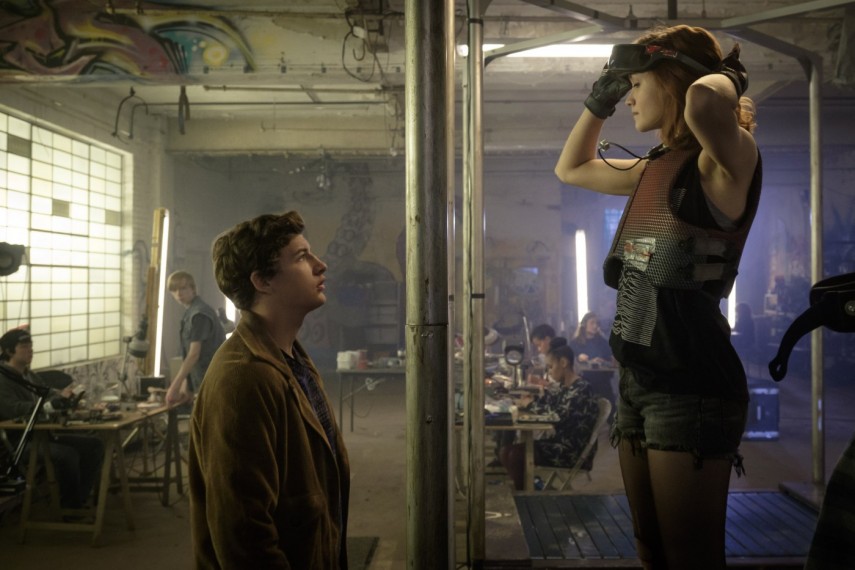
One Last Thing…
Just as in the 80s, music is an essential part of this movie, consist of original Alan Silvestri’s score and some of the most famous songs of those years.
Unfortunately, the Master Williams was busy with the “The Post”, so he couldn’t work twice and at the same time with Spielberg (this is only the third Spielberg’s movie without a Williams’ score), but Silvestri has shown himself worthy of the job. After all, Williams will always be Williams, but, when we see a DeLorean, the notes that bring us to the 88 MPH are the Silvestri’s ones.
Out of 5 Monkeys


